Worst Prisons in the World: A Nightmare for Criminals
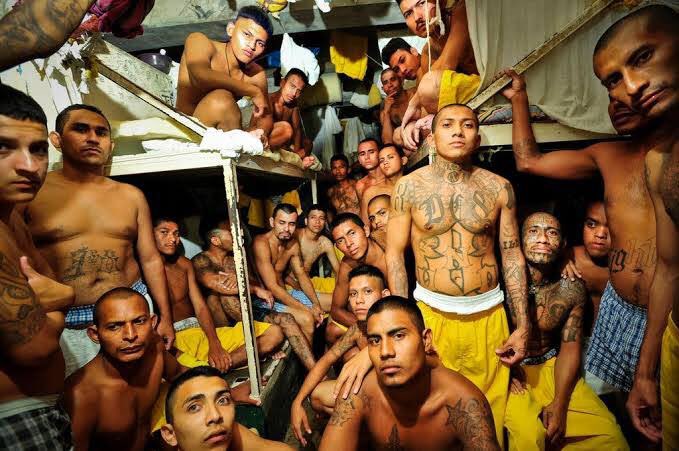
Investigating the most severe prisons globally reveals a concerning side of our community: the presence of correctional facilities where living conditions are severely difficult and frequently life-threatening for prisoners. These prisons are infamous for being overcrowded, violent, and subjecting prisoners to severe treatment. Every one of them marks a grim period in the history of imprisonment, emphasizing the critical necessity for enhancements to guarantee the health and security of prisoners. This piece will explore the grim truths behind these prisons, illuminating the obstacles they present and the continuous demands for change.
10 – Rikers Island, New York
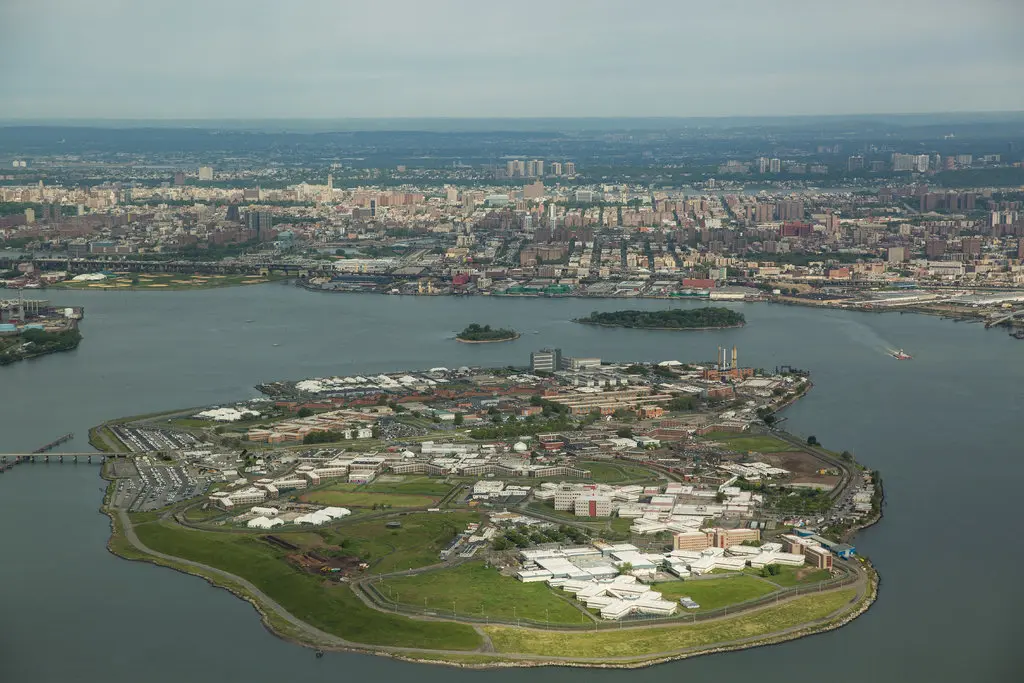
New York’s Rikers Island has long been notorious as one of the world’s most dangerous prisons, with rampant violence among inmates making it a nightmarish facility. In response, city officials have implemented strict reform measures, deploying SWAT teams to combat the widespread violence, including riots, that have plagued the complex.
These teams conduct daily searches of prisoner cells, seizing hundreds and even thousands of weapons. Remarkably, these efforts have resulted in a significant decrease in the killing rate, from around 1,000 cases to approximately 70 compared to the previous year.
However, Rikers Island, New York City’s largest jail complex, remains the subject of intense scrutiny due to its poor conditions and severe overcrowding. Recent images have revealed alarming circumstances, such as inmates being held in caged showers and forced to sleep next to piles of feces, highlighting the severe neglect and mismanagement within the facility.
The jail, which primarily houses pre-trial defendants, has seen a notable increase in the length of time inmates are held due to pandemic-related court backlogs. As a result, almost 30% of the incarcerated population has been in custody for over a year. This situation has led to a humanitarian crisis within the city jails, exacerbated by chronic understaffing, violence, and contraband issues.
9 – Mendoza Prison, Argentina

The Mendoza Prison in Argentina has become notorious for its unimaginable horrors. It is a place where inmates routinely face humiliating treatment, torture, and even death. Designed to hold 600 prisoners, it now houses over 1,600, leading to extreme overcrowding and critical shortages of essential supplies.
In 2005, Amnesty International condemned the deplorable conditions within Mendoza Prison, highlighting the grim reality faced by its inmates. Many prisoners, especially those awaiting trial, leave the facility having endured cruel mistreatment and abuse, often in worse shape than when they arrived.
Tragically, the prison guards themselves contribute to the suffering, known for their violence not only towards inmates but also their families. This pervasive culture of cruelty perpetuates a cycle of desperation and depression among the incarcerated population. Mendoza Prison stands as a disturbing example of the failures within Argentina’s justice system.
It serves as a distressing reminder of the urgent need for reform to ensure these horrors are stopped, and that all individuals are treated with the respect and dignity they deserve, regardless of their circumstances.
8 – Diyarbakir Prison, Turkey

Since its inception in the 1980s, Diyarbakır Prison in Turkey has earned a notorious title as one of the most deplorable prisons globally. Located in the Southeastern part of the country, it has been likened by its inmates to a place of eternal torment.
The living conditions inside are atrocious and inhumane. Inmates suffer severe despair and a sense of futility, leading some to resort to drastic measures to highlight their plight, including hunger strikes and even suicide attempts. These incidents serve as chilling proof of the dire circumstances faced within the prison’s confines.
The Turkish authorities have shown little to no reaction to the atrocities occurring at Diyarbakir Prison, despite the widespread condemnation and requests from the inmates. This lack of intervention perpetuates a cycle of suffering, trapping inmates in a terrifying situation.
7 – Nairobi Prison, Kenya
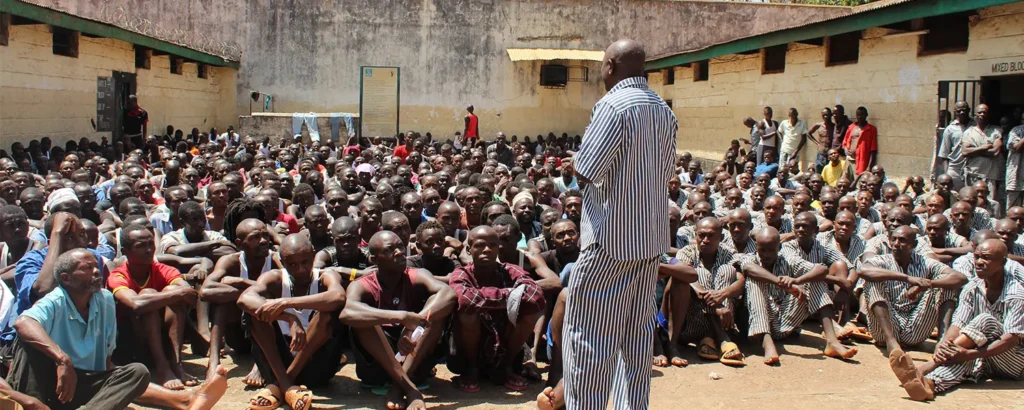
Established in 1911, Nairobi Prison has grown into a grim illustration of the severe conditions it endures. Originally intended to hold 800 inmates, it now houses more than 4,000 individuals without any additional space available. The situation is so dire that “prison cages” designed for three individuals are often filled with 12 people, all fighting for survival in a cramped environment. Governor David Mwania has labeled Nairobi Prison as one of the most overcrowded in Kenya, with conditions that defy belief.
The prison is plagued by disease, widespread abuse, and violence, making an already dire situation even more hopeless. Picture residing in a space where every square inch is occupied by bodies, where essential supplies are in short supply, and where violence and illness lurk around every corner. Nairobi Prison serves as a vivid reminder of the shortcomings of the justice system, where human rights are frequently disregarded and the fundamental respect for inmates is overlooked.
Against such horrendous circumstances, it’s clear that Nairobi Prison is among the most deplorable in the world. It’s a place where suffering is the norm, where the struggle for survival is a constant battle, and where hope appears to be unattainable.
6 – San Juan de Lurigancho, Peru
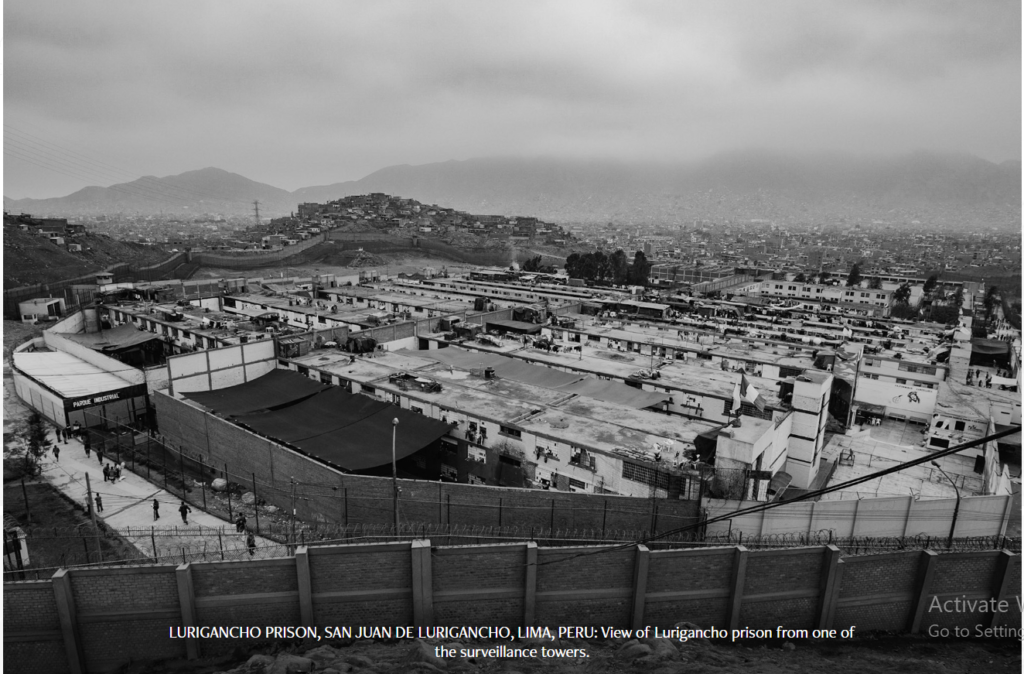
The San Juan de Lurigancho prison in Peru is widely recognized as the most infamous jail in the world, and the reasons for this reputation are deeply troubling. Rather than focusing on rehabilitation, prisoners spend their time involved in illegal activities such as using contraband technology, taking part in illegal cockfighting, and distributing narcotics. It’s as if the prison has become a lawless metropolis. The situation of being too full is unimaginable.
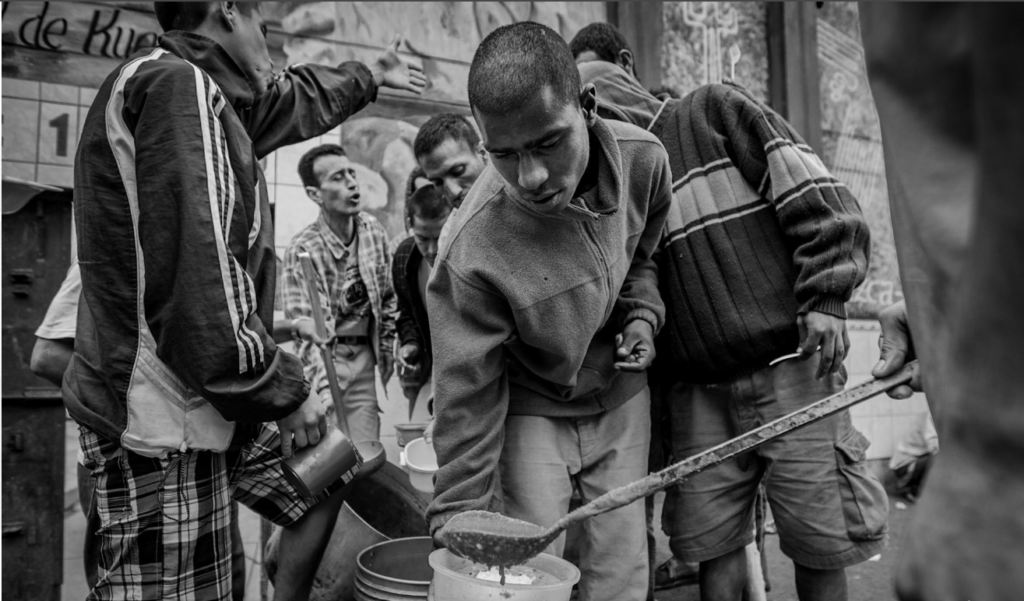
The prison, which was designed to accommodate 2,500 inmates, now houses 11,500 prisoners in its cramped and unclean conditions. This overpopulation worsens an already critical situation. The situation is made worse by the shocking shortage of staff. With almost no authority figures to manage the large number of inmates, the prison functions like a lawless territory. Inmates are left to their own devices, creating their own rules and forming alliances, which only adds to the anarchy.
The conditions are so severe that it’s common for prisoners to receive visits from self-proclaimed “nurses” and “attorneys” of their choosing, highlighting the complete lack of oversight and control. San Juan de Lurigancho prison serves as a stark illustration of the prison system’s failures, where overcrowding, insufficient oversight, and criminal behavior merge to foster an atmosphere of turmoil and hopelessness.
5 – Gldani Prison, Georgia
Gldani Prison in Georgia is recognized as the fifth most appalling prison in the world. In comparison to other prisons, Gldani is notorious for its extreme violence, with inmate fights escalating to unimaginable levels. Instead of upholding discipline, the prison staff participate in acts of torture, violence, and sexual assault on vulnerable inmates. Picture being in a setting where the very people supposed to safeguard you are your greatest fears. This is the harsh reality for prisoners at Gldani, who find themselves defenseless and at the mercy of their captors.
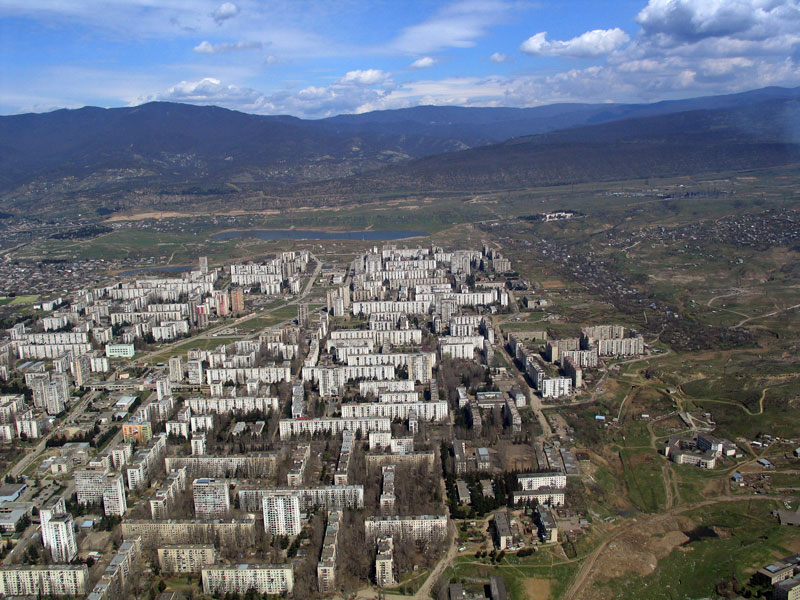
The revelation of video evidence in 2012 shed light on the horrifying realities hidden behind the prison’s walls. Furthermore, Gldani Prison is plagued by a multitude of problems. The quality of medical care is shockingly poor, leaving inmates to endure illnesses without adequate treatment. The conditions are so unsanitary that diseases spread rapidly, and the overcrowding only makes the dire situation even more severe.
Gldani Prison epitomizes the bleakest aspects of the prison system, where violence and mistreatment are rampant. It acts as a powerful symbol of the critical need for change and fairness in the worldwide prison system.
4 – Camp 22, North Korea
Camp 22 in North Korea is a dreadful international political jail, known for its severe seclusion and harsh treatment of prisoners. It differs from ordinary jails in being more akin to a large, protected area, covering an area of over 87 square miles, encircled by electric barriers, and under the watchful eye of armed personnel.

The camp is believed to house around 50,000 individuals, many of whom are sentenced to life for simply voicing opposition to the state. Upon entry, prisoners endure unimaginable hardships, living on the brink of starvation and subjected to constant violence. They are compelled to carry out strenuous manual labor with outdated equipment, worsening their conditions. Any form of government criticism is punished severely, and those incarcerated are condemned to a life filled with suffering and hopelessness.
In Camp 22, the grim reality of opposing political views is faced with unyielding violence, with prisoners enduring both physical and mental abuse. The camp’s status as one of the most egregious examples of human rights abuses worldwide is highlighted by its enormous size, strict monitoring, and inhumane treatment of prisoners. It acts as a testimony to the atrocities committed in the pursuit of political supremacy, where the basic rights and humanity of individuals are often disregarded.
3 – Gitarama Central Prison, Rwanda
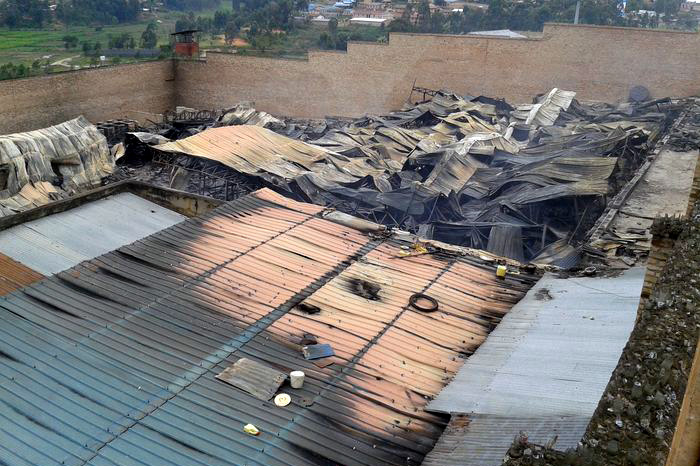
The Gitarama Central Prison in Rwanda is notorious worldwide for its horrific conditions, mainly because it is severely overcrowded. Despite its design to hold only 400 prisoners, the facility is currently housing an overwhelming 7,000 individuals, underscoring a severe shortage of space that is the prison’s primary obstacle. Inmates face unimaginable hardships, often having to choose between maintaining their posture for lengthy periods or congregating in cramped areas whenever they can.
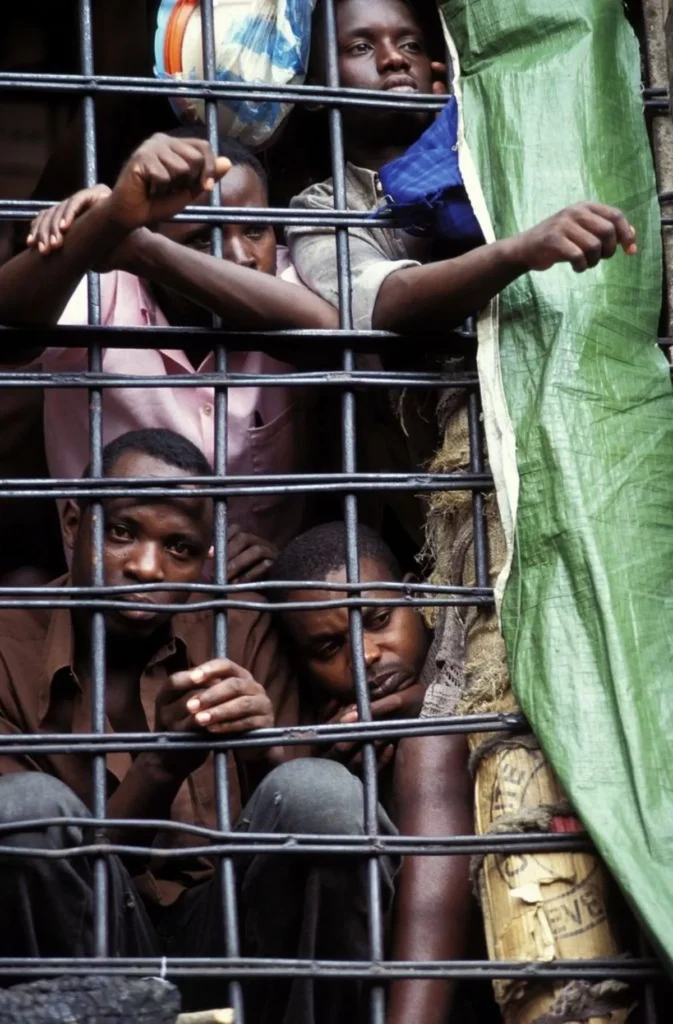
The prison reached its breaking point in the 1990s, leading to a severe humanitarian crisis inside. The effects of this overcrowding are devastating. Numerous inmates have died from illnesses and asphyxiation due to the intolerable living situations. Some have been compelled to stand on dirty, unsanitary surfaces for long durations, which has led to the amputation of toes, legs, or feet. In Gitarama, the absence of space leads to a decline in discipline, health, and, tragically, lives. It’s a place where the suffering of individuals is limitless, and the harshness of the conditions only intensifies the inmates’ plight.
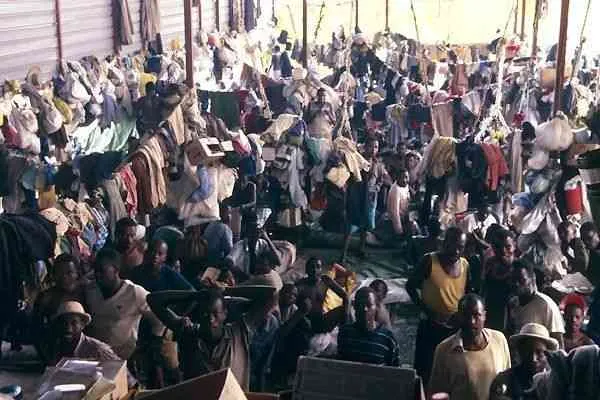
2 – Black Dolphin Prison, Russia
Black Dolphin Prison, located close to the border with Kazakhstan in Russia, has earned a reputation as one of the world’s second most infamous correctional facilities. It houses some of the nation’s most dangerous inmates, including pedophiles, cannibalistic individuals, and terrorists, showcasing the severity of Russia’s correctional system. Upon entering, prisoners are subjected to being blindfolded and restrained to prevent them from plotting their escape routes, thereby reducing the likelihood of their freedom. This demonstrates the severe tactics employed to ensure control within Black Dolphin. Within the confines of the prison, the conditions are deplorable.
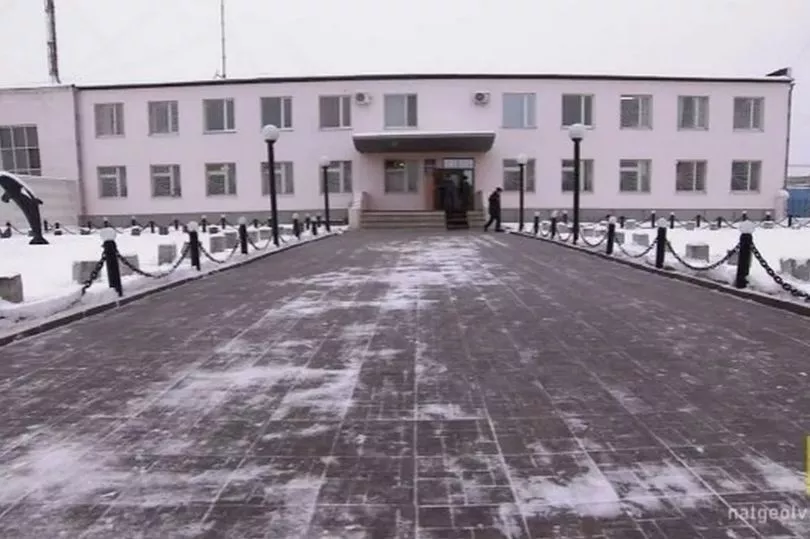
The issue of overcrowding exacerbates the already severe atmosphere, with prisoners crammed into cells designed for a much smaller number of individuals. They are confined to their cells for nearly all activities, from meals to workouts to using the facilities. This continuous isolation and lack of liberty can result in severe psychological turmoil, as prisoners feel as though they are mere automatons. The shortage of staff and limited supplies make it nearly impossible to maintain discipline.
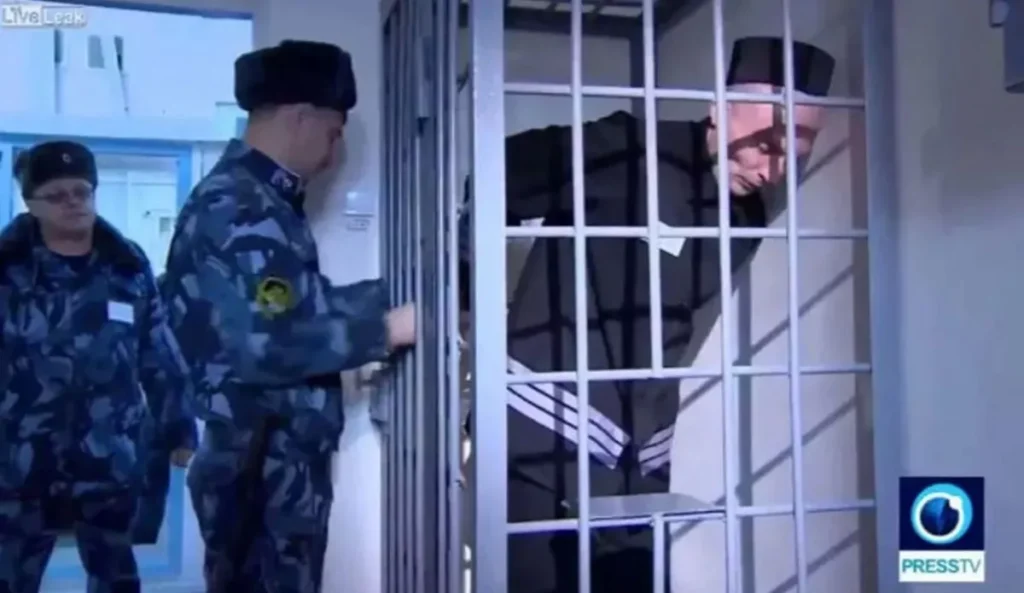
Gangs hold considerable influence within the prison, fostering an environment of violence and disregard for the law. Black Dolphin Prison represents the cruelty and inhumanity present in the worldwide correctional system, where individuals are stripped of their humanity and left to endure in a horrific setting.
1 – La Sabaneta Prison, Venezuela
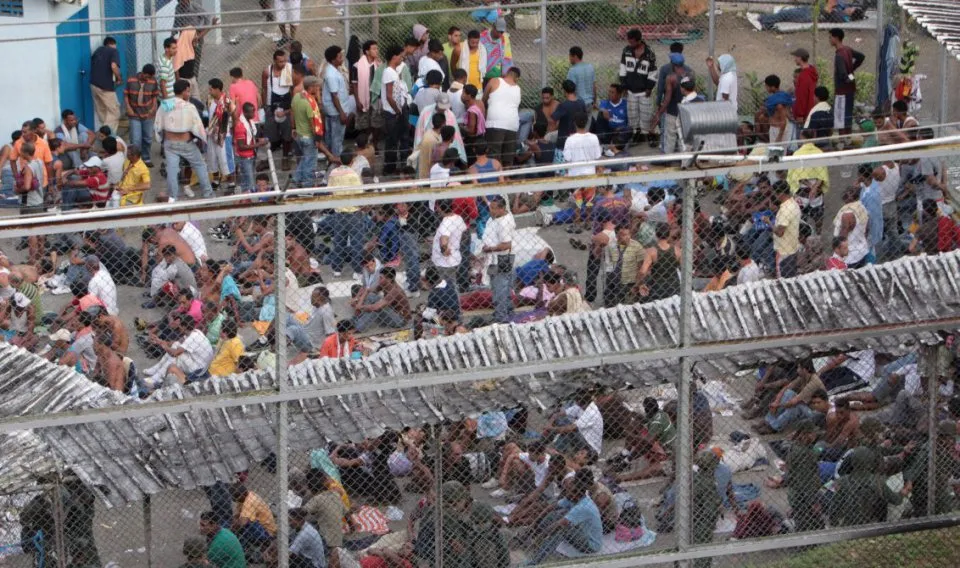
Venezuela’s correctional facilities are among the most dire in the world, facing extreme overcrowding issues with 3,700 prisoners crammed into a structure designed to hold only 700. The ongoing shortage of staff, a ratio of 1 guard for every 150 inmates, and a scarcity of financial resources severely hinder the ability to enforce discipline.
In La Sabaneta, criminal gangs reign supreme, transforming the prison into a chaotic and perilous environment. Basic needs like food are inadequate, and the living conditions are deplorable, with cleanliness and personal hygiene being neglected. Prisoners face a constant battle for survival in a setting that lacks the essential components for a decent life.
Ending violence in La Sabaneta seems unattainable, as frequent fights break out among prisoners due to the overwhelming stress and frustration caused by the most severe living conditions. The mix of overcrowding, insufficient resources, and increased violence turns La Sabaneta Prison into a perilous and difficult place. The prison system’s failure to control the situation fosters an environment of lawlessness.





